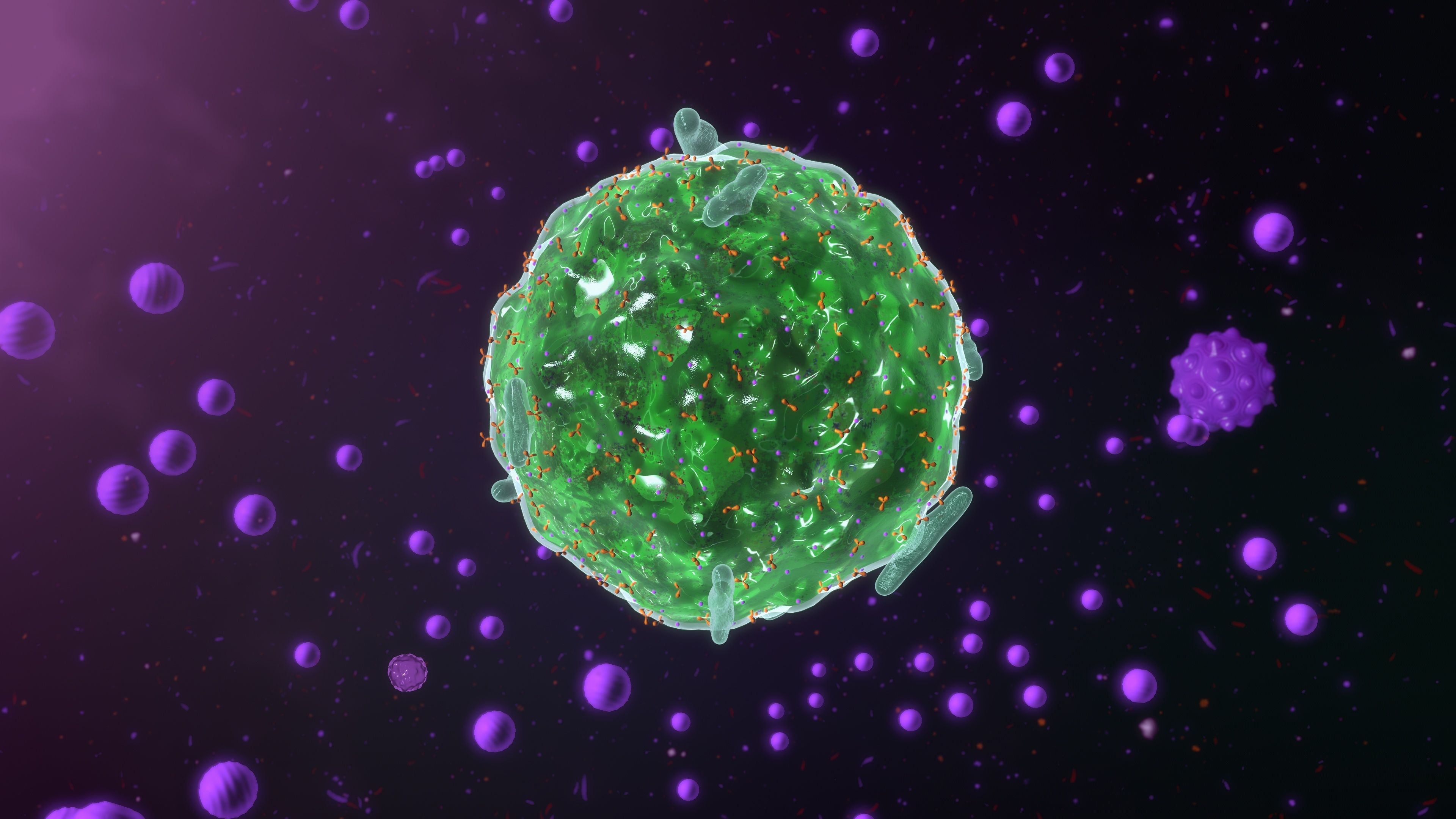- Case-Based Roundtable
- General Dermatology
- Eczema
- Chronic Hand Eczema
- Alopecia
- Aesthetics
- Vitiligo
- COVID-19
- Actinic Keratosis
- Precision Medicine and Biologics
- Rare Disease
- Wound Care
- Rosacea
- Psoriasis
- Psoriatic Arthritis
- Atopic Dermatitis
- Melasma
- NP and PA
- Skin Cancer
- Hidradenitis Suppurativa
- Drug Watch
- Pigmentary Disorders
- Acne
- Pediatric Dermatology
- Practice Management
- Prurigo Nodularis
- Buy-and-Bill
News
Article
CRH-R1 Markedly Increased in Psoriasis, Actinic Keratosis Mast Cells
Author(s):
Investigators noted that there was not a marked increase, however, in keratinocyte skin carcinomas.
In a new study published in Experimental Dermatology,1 investigators noted a marked increased of corticotropin-releasing hormone receptor-1 (CRH-R1) in mast cells associated with actinic keratosis and psoriasis. This difference, however, was not marked in keratinocyte skin carcinomas.
7activestudio/AdobeStock

Researchers Haimakainen and Harvima sought to explore the role of CRH-R1 in skin diseases through an analysis of skin biopsies, noting that its role in skin disease is relatively unknown.
Thirty-five patients with varying skin diseases were recruited from an outpatient dermatology clinic. All were above the age of 18 years old and had received a confirmed diagnosis of plaque psoriasis (n=8), basal cell carcinoma (BCC) (n=11), AK (n=7), or squamous cell carcinoma (SCC)/Bowen’s disease (n=9) from a dermatologist and/or pathologist. Patients with plaque psoriasis were required to abstain from the use of topical or systemic treatments a month prior to study initiation. Non-lesional skin served as healthy control skin.
Researchers collected biopsies of both lesional and non-lesional skin before conducted sequential double-staining in order to identify the number of tryptase mast cells present in the epidermis and dermis. Additionally, immunohistochemical staining was used to identifythe number of mast cells expressing CRH-R1. Furthermore, the number of non-mast cells, particularly those expressing immunopositivity of CRH-R1, was also determined.
As a result, investigators found that while there was not much variation in the total number of mast cells in non-lesional skin between disease states, the percentage of CRH-R1 positive mast cells was lower in non-lesional skin samples of patients with psoriatic disease as opposed to any of the other disease states studied.
In lesional skin, however, the presence of CRH-R1 positive mast cells was markedly increased in patients with psoriatic disease and AK. Among lesional skin samples of the other diseases states (BCC and SCC), the percentage of CRH-R1 positive mast cells was decreased. Between lesional and non-lesional skin in patients with AK and SCC, researchers noted a statistically significant increase in total mast cells present.
“The immunoreactivity of CRH-R1 in mast cells is increased in the lesional skin of patients with psoriasis and AK, but not statistically significantly in carcinomas, BCC and SCC/Bowen's disease. In the non-lesional skin, mast cells seem to be the predominant cell type expressing CRH-R1, but there are numerous other cell types in the lesional skin that might also express CRH-R1,” study authors wrote. “The expression of CRH-R1 in LAD2 mast cells can be regulated by a variety of factors, including UVB, CRH and 1,25-(OH)2D3. The lack of sufficient CRH-R1 levels in mast cells may have implications for diminished antitumoural responses in SCC/Bowen's disease and possibly also in BCC, but further studies on the function of CRH/CRH-R1 are needed.”
Reference
- Haimakainen S, Harvima IT. Corticotropin-releasing hormone receptor-1 is increased in mast cells in psoriasis and actinic keratosis, but not markedly in keratinocyte skin carcinomas. Exp Dermatol. 21 August 2023.https://doi.org/10.1111/exd.14903





